7 January 2025
Virtual reality (VR) is no longer just the stuff of sci-fi movies or futuristic tech expos. It’s here, and it’s transforming everything—from education to entertainment to, yes, the way we perceive and create art. But you know what’s even cooler? The intersection of VR and art is making waves in the world of game design. Imagine walking through a painting or living inside an artist's imagination. Sounds pretty mind-blowing, right? That’s the kind of magic this fusion brings.
Strap in as we dive into the captivating world of how virtual reality is revolutionizing art and game design, blending creativity with cutting-edge technology. 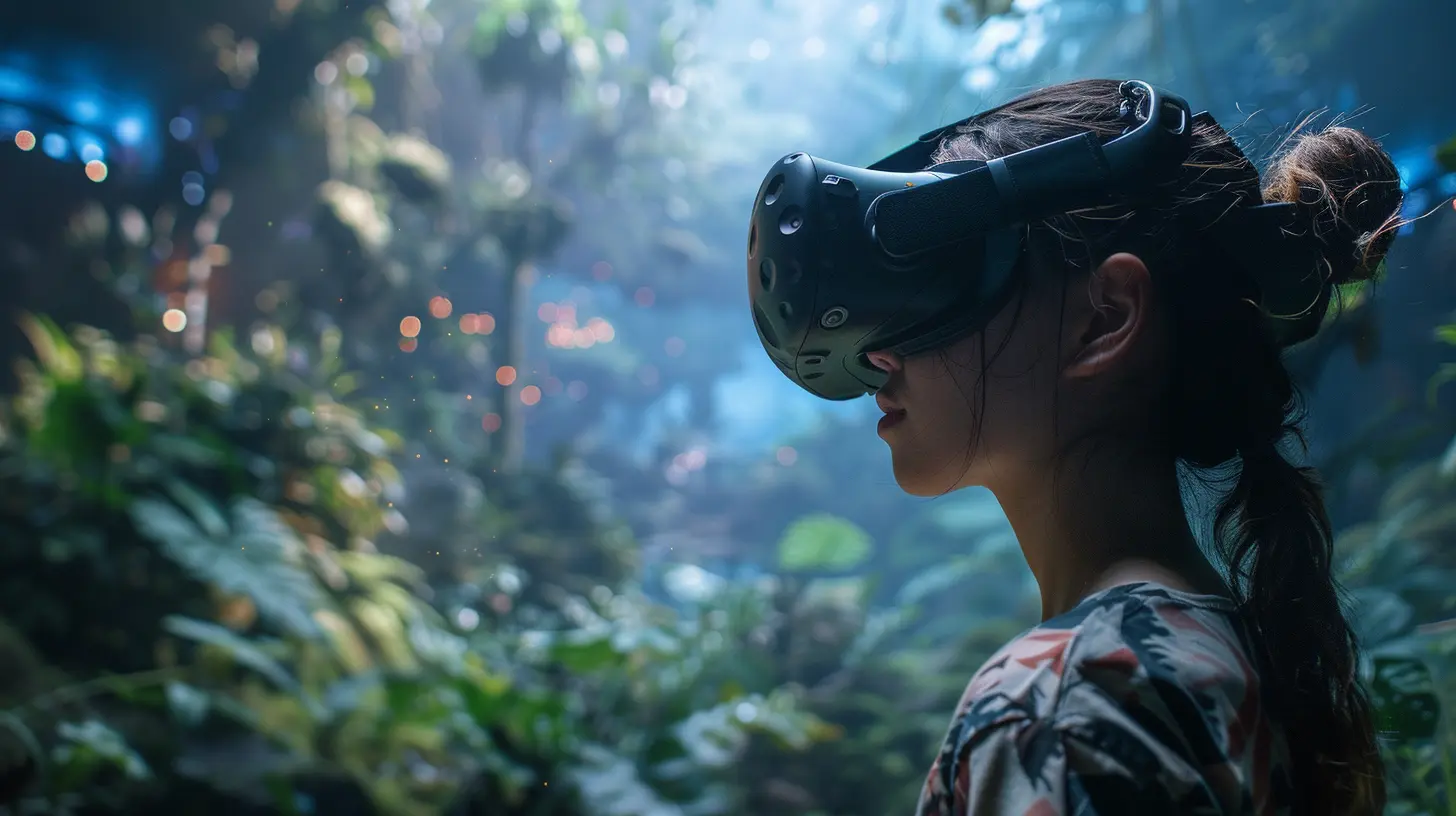
The Evolution of Virtual Reality and Art
Before we dive into the nitty-gritty of VR and game design, let’s rewind a little. Art and technology have always had a flirtatious relationship, haven’t they? Think about it—artists went from chiseling marble statues to creating digital Pixar animations. As technology evolves, so does the creative toolkit.Then VR burst onto the scene and changed the game entirely. Suddenly, creating art wasn’t just about painting on a canvas or sculpting clay; it became about building entire worlds. Virtual reality took storytelling and self-expression to a whole new dimension—literally.
But how does this tie into game design? Well, when you mix the boundless imagination of an artist with the immersive capabilities of VR, you get something extraordinary. It’s where art stops being static and becomes an experience. 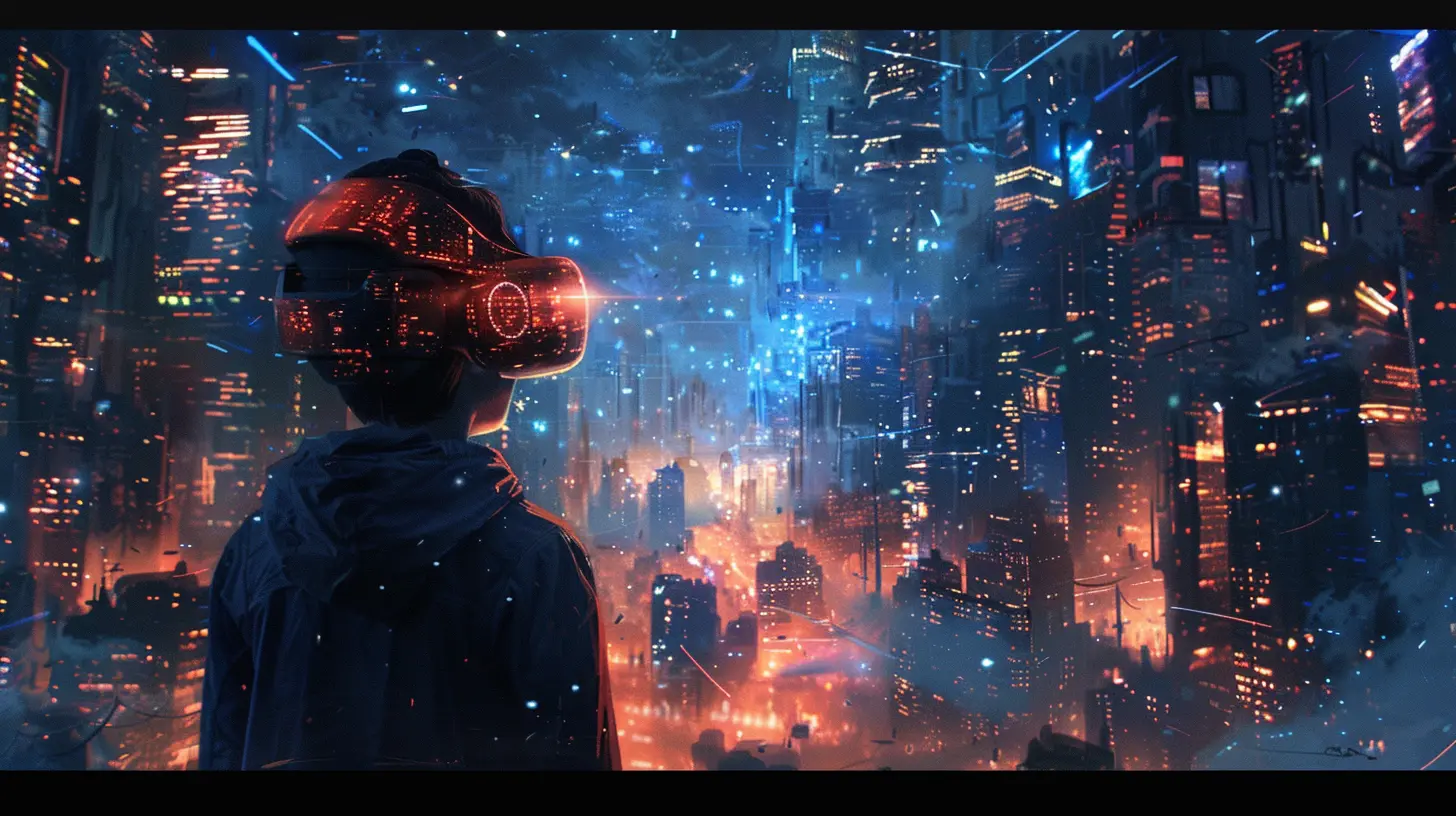
Virtual Reality: A Playground for Artists
So, what makes VR so special for artists? First off, it’s the ultimate playground. You’re not limited by the size of a canvas or the rules of physics. Want to paint a galaxy and then hop inside it? Go for it. Want to sculpt a dragon and watch it soar through the virtual sky? Totally doable.VR tools like Tilt Brush and Gravity Sketch have made it easier than ever for artists to unleash their creativity. Unlike traditional mediums, VR lets creators work in 360-degree spaces. It’s intuitive, interactive, and incredibly freeing.
And here’s the kicker: the art created in VR isn’t just for galleries. It’s finding a home in video games, transforming environments, characters, and even gameplay mechanics into living works of art.
Imagine playing a game where every tree you walk past feels like it was hand-painted, or every building you enter feels like stepping into a dream. That level of detail and artistic flair is only possible when game designers use VR as their canvas. 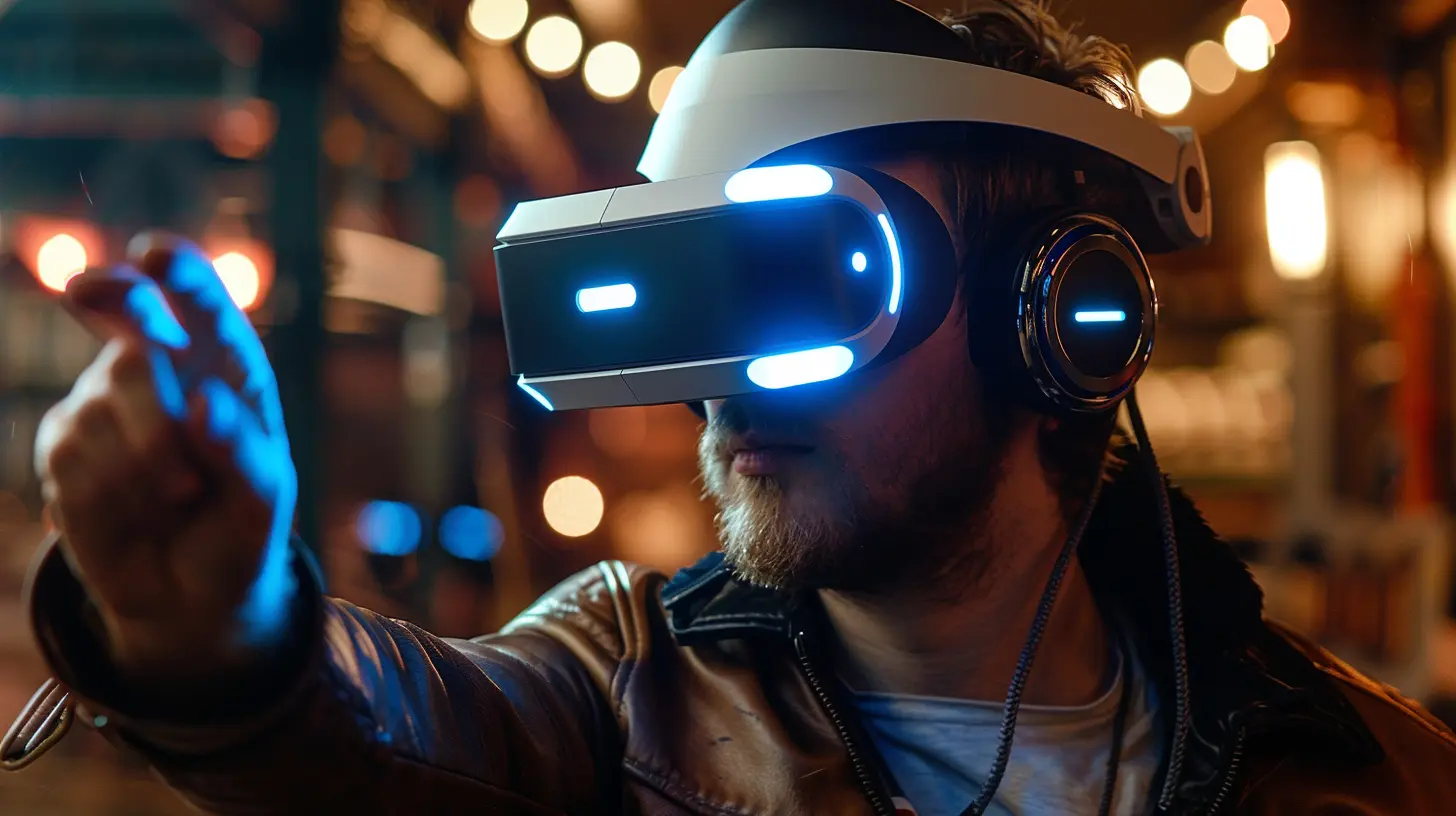
Where Gaming Meets Art
Alright, picture this: You’re playing a VR game, and suddenly you find yourself standing in the middle of a vivid, surreal landscape. The colors seem to swirl around you, the textures feel alive, and the whole environment breathes creativity. That’s not just game design—it’s art coming to life.Game developers are tapping into VR not just for its cool tech factor, but for its ability to make players feel. Video games have always been about storytelling and immersion, but with VR, they’re taking it to the next level.
Take Journey for example—a game that feels like walking through a moving painting. Or better yet, look at Moss, where the world feels like a pop-up book brought to life. These games blur the lines between art and gameplay. They’re rich, emotional, and undeniably beautiful.
In VR, this concept gets an even bigger boost. Games like The Under Presents make the player an active participant in an otherworldly art performance. It’s like starring in your own surreal theatre production. How cool is that?
The Role of Artistic Expression in Game Design
Here’s the thing: video games have always been a collaborative effort between designers, programmers, and artists. But with VR, artistic expression becomes the star of the show.Instead of just slapping 2D textures onto 3D models, artists are now thinking about how players will engage with the environment. Will they stop and admire the details? Will they reach out to interact with something beautiful? Will they feel a sense of wonder as they explore?
Every decision—from the color palette to the lighting to the soundscapes—is designed to evoke emotion and connection. It’s not just about making a game “look good.” It’s about creating a world that feels alive. 
The Challenges of Blending Art with VR Game Design
Okay, here’s the truth bomb: it’s not all sunshine and rainbows when merging art with VR game design. Creating immersive, interactive, and beautiful worlds is no small feat. There are challenges, and boy, are they tricky.First off, there’s the technical side of things. Rendering detailed, high-quality art in VR takes a TON of computational power. Work that looks stunning on a flat screen might lag or lose fidelity in VR. And let’s not even talk about motion sickness—smooth design is key to avoiding those “ugh, I’m going to puke” moments.
Then there’s the balancing act between art and gameplay. Sure, you can design a jaw-droppingly gorgeous world, but if it’s not functional or fun to play? Well, then it’s just a virtual museum. The challenge is making sure the artistic elements serve the gameplay experience, not overshadow it.
Finally, accessibility can be an issue. Not everyone has access to high-end VR gear, which means developers and artists need to create experiences that can scale down without losing their magic.
The Future of VR and Art in Gaming
So, where do we go from here? If you ask me, the future is looking pretty darn exciting. Virtual reality and art are only scratching the surface of what’s possible in game design.As VR technology continues to evolve, we’re going to see even more immersive and visually stunning experiences. Imagine games where photorealistic landscapes transition seamlessly into dreamy, abstract art sequences. Or multiplayer games where players can create and share their own unique VR artworks.
We might even see games that adapt and change based on the player's emotions or movements—blurring the lines between art, gaming, and AI-driven storytelling.
And let’s not forget how VR can democratize artistic creation. As the tools become more user-friendly, more people—gamers, hobbyists, and aspiring artists—will have the chance to dip their toes into creation. The more diverse the creators, the richer and more imaginative our games will become.
Final Thoughts
At its core, the fusion of virtual reality and art in game design is about breaking boundaries. It’s about pushing creativity to places we’ve never been before. It’s about giving players not just a game, but an unforgettable experience—a glimpse into another reality.Will there be challenges? Totally. But isn’t that what innovation is all about? The beauty of VR and art colliding is it’s making us rethink what games can be. They’re no longer just a pastime—they’re a canvas, a stage, and a portal to worlds beyond our wildest dreams.
So, next time you strap on a VR headset, take a moment to appreciate the artistry behind the experience. Somewhere out there, an artist dreamed it up, and a developer brought it to life. Together, they made magic.


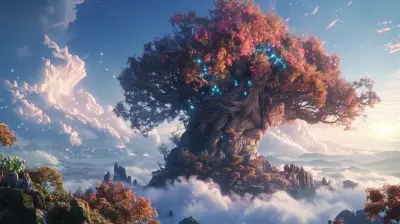
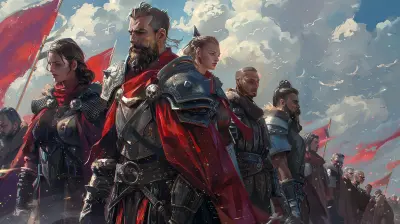
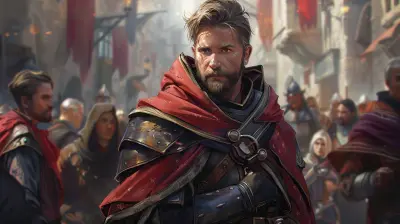
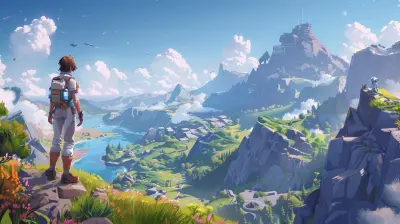


Zorina McAdoo
Virtual reality redefines artistic expression, blurring the line between creator and player, inviting a new dimension of immersive storytelling.
February 3, 2025 at 5:06 AM